s-61-19 Air Force HH-3E pilots, Major Herbert Zehnder (left) and Major Donald Maurras (right) with Igor Sikorsky at PAS 1967 . Courtesy Sikorsky Archives
By Sangeeta Saxena
Le Bourget. 22 June 2017. For someone who has been regularly covering helicopters every alternate year at Le Bourget, some thing was amiss this time - the presence of a Sikorsky chopper at the display area and ofcourse over the French skies.
Reflecting on the now Sikorsky LM then Sikorsky helicopters fifty years ago in June 1967, Igor Sikorsky attended the Paris Air Show which also commemorated the 40th anniversary of Charles Lindbergh’s epic flight from New York to Paris. Two U.S. Air Force HH-3s, variants of the Sikorsky S-61, landed on the airfield after a nonstop flight from New York to Paris, 4,271 miles, in 30 hours and 46 minutes. A Lockheed C-130 tanker aircraft also flew to refuel them several times during the journey.
Since then some representation in either flying or static display of a Sikorsky helicopter has always been there at the show. Last show in 2015 the news of the sale of the company was leaked and then formally confirmed . Since then Sikorsky has become a Lockheed Martin company. But one did expect to see a M28 at a predominantly civil aviation display area.
When Sikorsky Aircraft acquired Poland’s largest aircraft manufacturer,PZL Mielec, in 2007, and with it the M28 aircraft family including versions with and without an integrated “glass” cockpit, little would the American manufacturer have thought that there would be a tailor made role for it in the burgeoning Indian aviation arena.
Delays do not dampen the spirits and since September 2016, when the Director General of Civil Aviation has approved the PZL M28 aircraft for commercial operations the company is sure it is the right product to address the requirement of the market of regional connectivity.

- M28 - A multi utility helicopter
For a manufacturer which has been synonymous with helicopters, it may be a surprise for many that the company has a portfolio of fixed-wing aircraft. In addition to the M28 turboprop it also has the Reconnaissance Fixed-Wing Aircraft (RFWA).
The Mielec factory has delivered more than 100 M28 aircraft so far. Sikorsky modernized M28 production and completions with computer design tools and today supports the hard-working fleet with a global logistics network. Civil-certified M28s routinely carry passengers and cargo for commercial and government operators.
This aircraft will address the present requirement spelt out by the Government of India to connect the Teir II cities, especially the North Eastern part of the country as well as the Western and South- Western part of the country.
Sikorsky is confident from a commercial standpoint the aircraft gives opportunity to connect the lesser known cities which operate a grassy or paved runaways giving the passengers, a time and cost effective option for transport from one city to another.
There are close to 400 operational airstrips that aren’t paved or used for full commercial application. This is where the M28 will be useful in a passenger configuration. But the aircraft can be configured in other application as well which make it very versatile. It can be just right aircraft for Medevac, SAR operations, Para dropping filming disaster and many more roles.
The 485 cu ft. (148m3) cabin has a full-width aft door to para drop cargo. The cabin can be outfitted with a removable roller floor, optional cargo hoist, and heavy cargo restraints to speed loading and unloading.
The aircraft’s capability to land safely and easily on grass and gravel airstrips is inherent to the design. Also ideal is its easy conversion from passenger seating to carrying cargo, and of course as a VIP transport vehicle.
With its high-lift wing, ample power, thrust-reversing propellers, and fixed tricycle landing gear including low-pressure tires and anti-skid brakes, the M28 takes-off and lands on rough strips less than 1,000 (345 m) ft long.
The M28B/PT cockpit is built around a Honeywell Bendix/King Electronic Flight Information System (EFIS) with integrated weather radar, Enhanced Ground Proximity Warning System and Traffic Collision Advisory System. The standard aircraft has a modern VFR/IFR avionics suite including VOR, GPS, and ADF navigation aids. Sikorsky Mielec is integrating more capable electro-optical payloads and other new mission systems.

- Igor Sikorsky on his invention: Courtesy Sikorsky Archives
The potential of the M28 in Intelligence, Surveillance, and Reconnaissance roles is very much the need of the hour keeping in mind Indian military and civil requirements today. Healthy power margins make One Engine Inoperative emergencies safer even in extremely hot or icing conditions with an OEI rate of climb of 450 fpm (138 m/min) on a Standard day. The 16,500 lb (7,500 kg) M28 hauls 5,000 lb (2,300 kg) over 225 nm (450 km). It can cruise at speeds to 192 kt (356 km/hr) and stalls at just 53 kt with engines idling and flaps extended. Service altitude is up to 25,000 ft with crew oxygen. The M28 has been certificated by EASA and the US FAA for flight into known icing conditions.
With a robust airframe, responsive low-speed handling, and extreme Short Takeoff and Landing (STOL) performance, the Sikorsky M28 has proven its value in forward-deployed airlift operations. “Religious tourism in India for pilgrimages in mountaineous terrains might be just waiting for M28 to happen,” quipped Walia.
With the Ministry of Civil Aviation's scheme for regional connectivity announced last year M28 seems a good solution for the Indian skies.
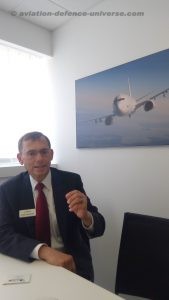 By Sangeeta Saxena
By Sangeeta Saxena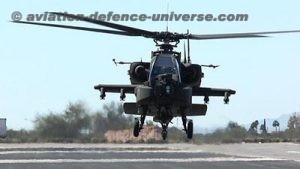 Indian Air Force will get a very good lift capability which be the largest outside US. Nothing will change for India when from July Boeing will make its Defense, Space & Security (BDS) unit more globally competitive by eliminating a layer of executive oversight. Boeing Military Aircraft and Network & Space Systems segments will evolve into smaller entities he explained. "We will remain the same and everyone involved in Boeing’s Indian defence operations will still have no change in contact persons and functioning will be smooth like now. When the organisation becomes big the need of agility also increases to meet customers' needs and improving productivity. Smaller segments will help improve this. Indian operations will see no change. Our Defense, Space & Security President and CEO Leanne Caret feels, Boeing is fundamentally addressing how it competes, wins, and grows in Boeing's second century," Gene stressed.
Indian Air Force will get a very good lift capability which be the largest outside US. Nothing will change for India when from July Boeing will make its Defense, Space & Security (BDS) unit more globally competitive by eliminating a layer of executive oversight. Boeing Military Aircraft and Network & Space Systems segments will evolve into smaller entities he explained. "We will remain the same and everyone involved in Boeing’s Indian defence operations will still have no change in contact persons and functioning will be smooth like now. When the organisation becomes big the need of agility also increases to meet customers' needs and improving productivity. Smaller segments will help improve this. Indian operations will see no change. Our Defense, Space & Security President and CEO Leanne Caret feels, Boeing is fundamentally addressing how it competes, wins, and grows in Boeing's second century," Gene stressed.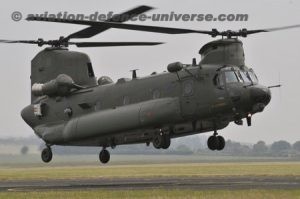
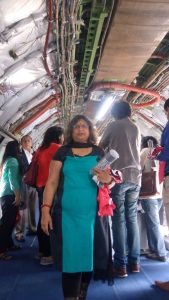 On my very basic Intex phone I am uploading four paragraphs of this sojourn. Flying both for short and long hauls is going to be a changed experience all together. Honeywell just decided to make life for us professionals easy.
On my very basic Intex phone I am uploading four paragraphs of this sojourn. Flying both for short and long hauls is going to be a changed experience all together. Honeywell just decided to make life for us professionals easy.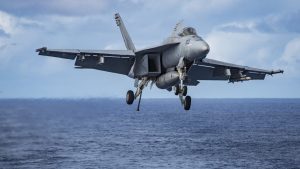
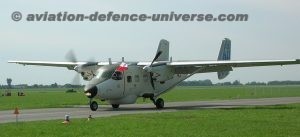
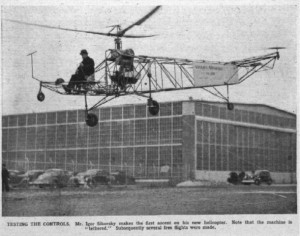
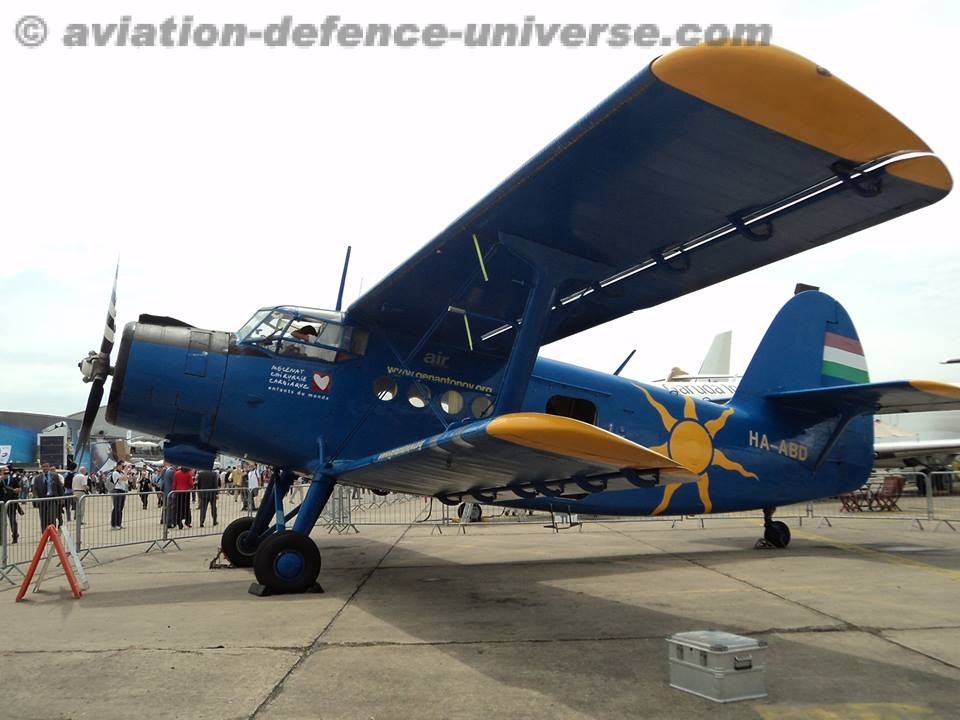 es in Paris. Come the Parisian summer and the sky is the centre of attraction with metal birds of all shapes and sizes regaling the city with their displays.
es in Paris. Come the Parisian summer and the sky is the centre of attraction with metal birds of all shapes and sizes regaling the city with their displays.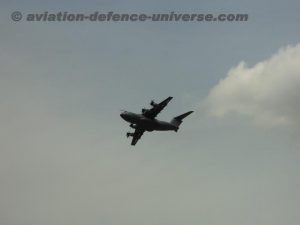 The International Paris Air Show is organised by the SIAE, a subsidiary of GIFAS, the French Aerospace Industries Association. The 52nd show will take place at the Le Bourget Parc des Expositions from 19 to 25 June 2017, and once again will bring together all the players in this global industry around the latest technological innovations. The first four days of the Show will be reserved for trade visitors, followed by three days open to the general public.
The International Paris Air Show is organised by the SIAE, a subsidiary of GIFAS, the French Aerospace Industries Association. The 52nd show will take place at the Le Bourget Parc des Expositions from 19 to 25 June 2017, and once again will bring together all the players in this global industry around the latest technological innovations. The first four days of the Show will be reserved for trade visitors, followed by three days open to the general public.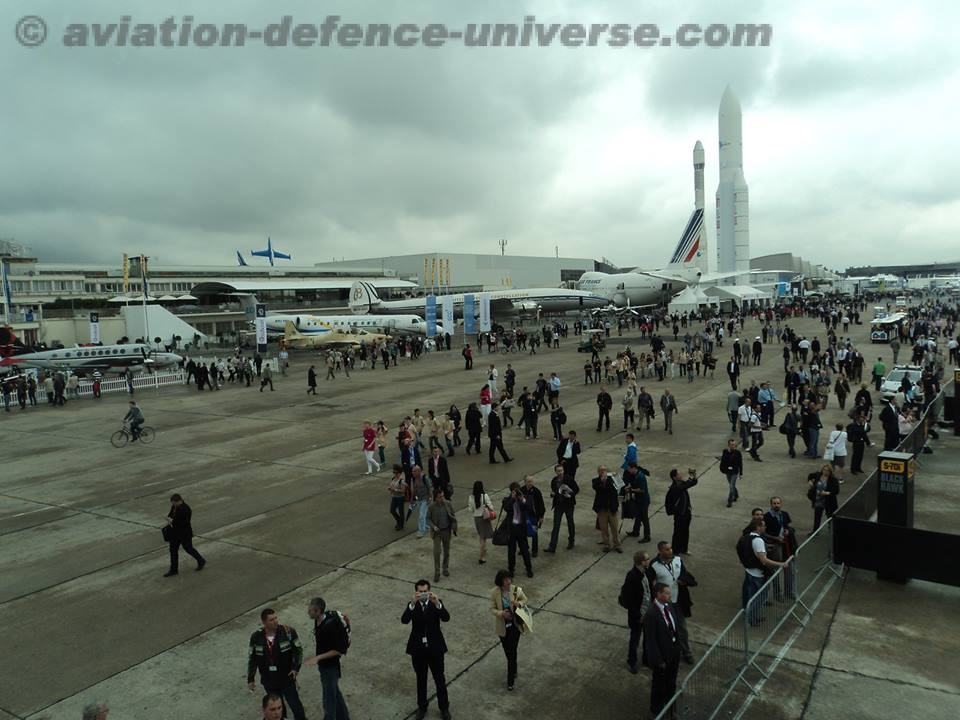
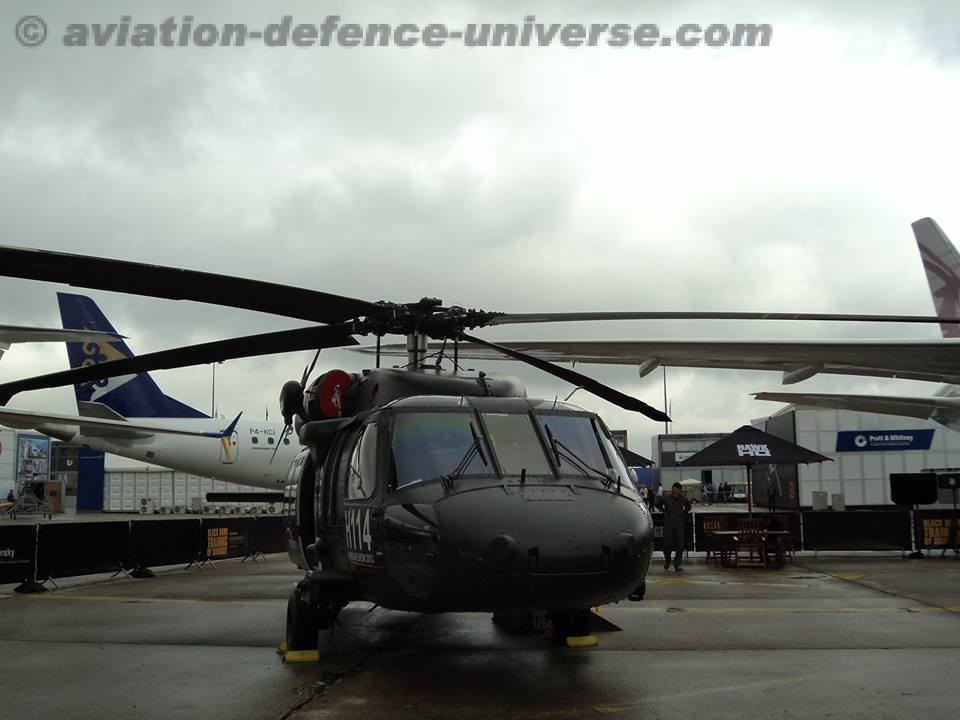
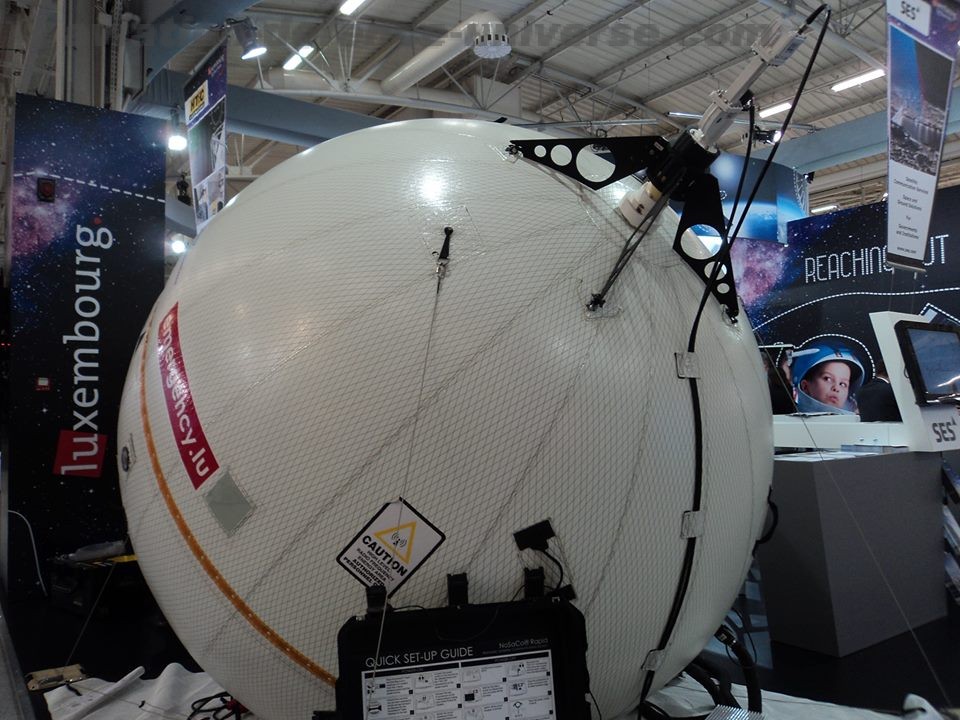
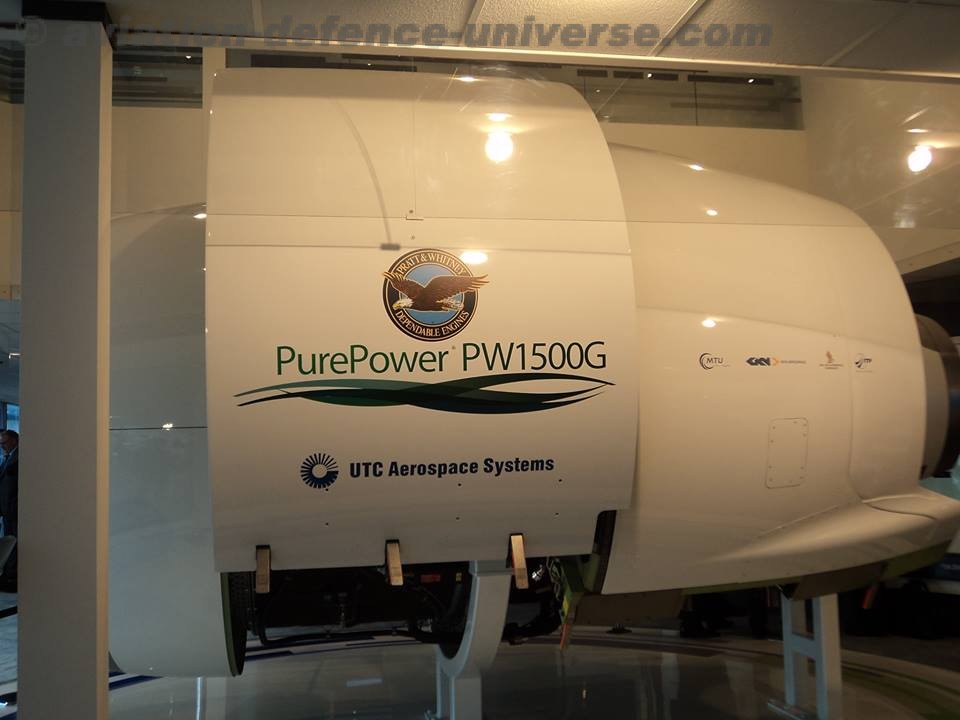
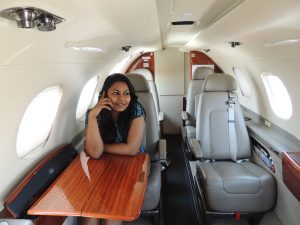 Jet Set Go has had a smooth landing in turbulent times and now promises to take off to heights none else would have soared in the world of private jets. Kanika’s is a story which would be just right for a Bollywood script. Lets hear it form her.
Jet Set Go has had a smooth landing in turbulent times and now promises to take off to heights none else would have soared in the world of private jets. Kanika’s is a story which would be just right for a Bollywood script. Lets hear it form her.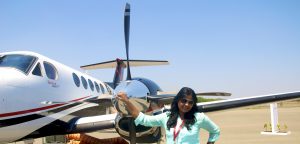 JetSetGo raised an undisclosed amount of funding from Yuvraj Singh’s startup fund YouWeCan Ventures in July 2015. In December 2015, they raised $1.9 million in pre- Series A funding. The aviation start up has also raised an undisclosed amount from Puneet Dalmia, managing director of Dalmia Bharat Ltd, who invested in his personal capacity.
JetSetGo raised an undisclosed amount of funding from Yuvraj Singh’s startup fund YouWeCan Ventures in July 2015. In December 2015, they raised $1.9 million in pre- Series A funding. The aviation start up has also raised an undisclosed amount from Puneet Dalmia, managing director of Dalmia Bharat Ltd, who invested in his personal capacity.